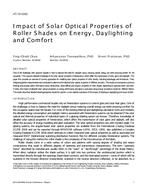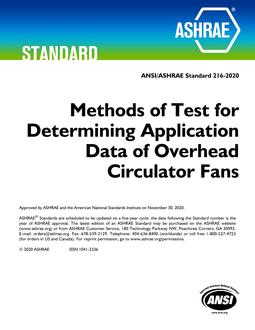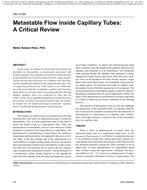Click here to purchase
Anthropogenic influenced climate-warming trends over the past century directly related to greenhouse gases emissions lacks consensus onadaptation strategies and solutions. The emissions associated with the built environment, amounting to more that 39% of the totalemissions in the United States, continue to rise with a “business as usual” design mentality with no regard to the consequences. Increasingconcentrations of greenhouse gas emissions will continue to influence the warming of the Earth’s atmosphere and consequently, climate changeadaptation strategies will become even more decisive in the overall design resiliency of a building. This climate change impetus requires thatbuilding energy codes adopt more stringent performance-based requirements to ensure that emissions associated with the built-environmentare restrained and stabilized over time despite uncertainty. Thus, this endeavor seeks to isolate and evaluate the performance and resiliencyof the building enclosure with various forcing climate projections and normalized weather files. The predicted envelope performance factor(EPF), a Building Envelope Trade-off Option procedure which only considers building envelope components per Normative Appendix C,ANSI/ASHRAE/IES Standard 90.1, is first utilized to appraise prescriptive building envelope requirements, resulting EPF, forcurrent and prior versions of Standard 90.1 (2007 thru 2016) specifically for a prototype building model in response to normalizedhistorical weather patterns using an industry standard reference EnergyPlus Weather (EPW) weather file for Chicago, IL, ASHRAEClimate Zone 5A. Secondly, the EPW file is “shifted” for 2026-2045, 2056-2075, 2080-2099 future years at RepresentativeConcentration Pathways RCP4.5 and RCP8.5 emission scenarios at 5% and 95% warming percentiles to determine equivalent EPF tostabilize emissions for an ANSI/ASHRAE/IES Standard 90.1-2016 compliant reference commercial prototype building model.Specific to the distribution climate model projections and emissions scenario considered, the experimental simulated results indicate targetedenvelope performance factors that can be used as performance metrics earlier in the integrated design processes to reinforce or plan for buildingresiliency.
Citation: Thermal Buildings XIV 2019
Product Details
- Published:
- 2019
- Number of Pages:
- 9
- Units of Measure:
- Dual
- File Size:
- 1 file , 590 KB
- Product Code(s):
- D-Bldgs19-001


